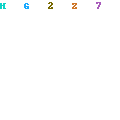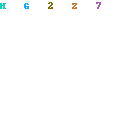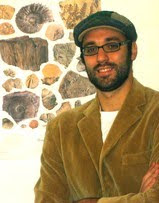Happy birdthday Nicolaus!
On occasion of his 374th birthday, Google devoted today's doodle to the pioneer of stratigraphy: Nicolaus Steno. The design is essential but elegant, and clearly refers to the law of superposition. Indeed Nicolaus Steno pioneered the idea that sedimentary layers are deposited in a time sequence, with the oldest at the bottom and the youngest at the top.
 |
| Today's doodle, devoted to NSteno |
Steno's doodle is very artistic, but Steno himself used the visual language to express geological knowledge.
 |
| Geological history of Tuscany, according to Nicolaus Steno. Image from Earth Observatory. |
Infact, Steno's works are often accompanied by visual material, fundamental for communicating his geological theories. There are no better words than those of Rudwick (1976) to comment this phenomenon: "the development of a distinctive visual language was a striking feature of the emergence of geology as a new science, and it has continued to be a prominent feature of the discoursse of geologists ever since".
 |
| In the formative years of geology, fossil shark teeth were named glossopetrae, or tongue-stones, and believed to have magical properties. Steno visually compared fossil teeth to recent ones, from the head of a modern shark. |
REFERENCES
Rudwick, M. (1976). The emergence of a visual language for geological science.Hist. Sci., xiv: 149-195









No comments:
Post a Comment